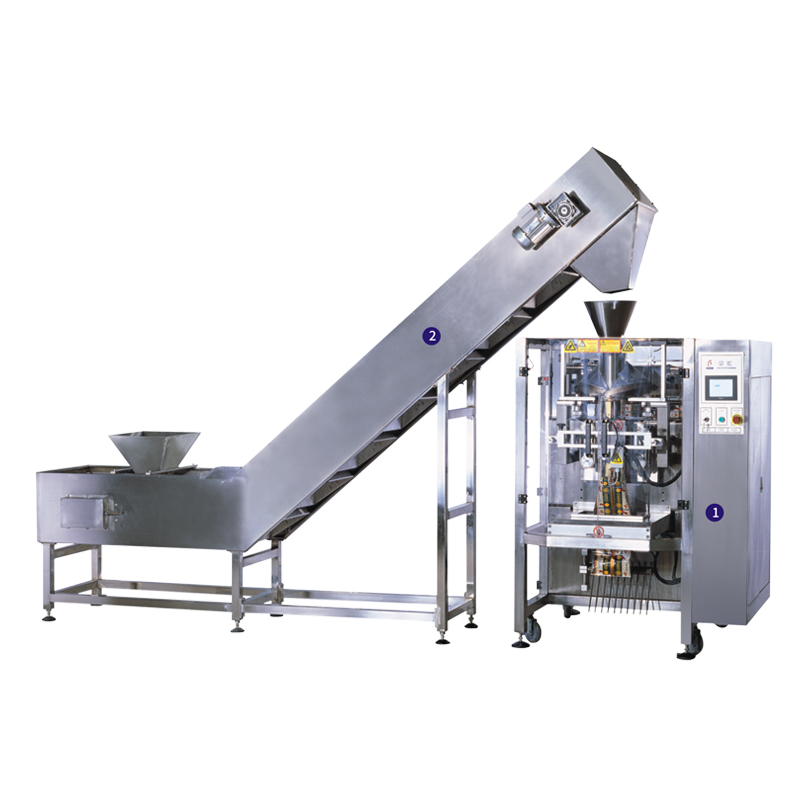Key components and processes typically involved in a weighing and packing line
2023-10-17
A weighing and packing line is a system that combines weighing and packaging processes to efficiently and accurately package products based on their weight or quantity. This type of production line is commonly used in industries such as food, pharmaceuticals, chemicals, and logistics, where precise weighing and packaging are critical.
Here are the key components and processes typically involved in a weighing and packing line:
1. Weighing System: The line starts with a weighing system that measures the weight or quantity of the products. This can include various types of weighing equipment, such as weighing scales, load cells, or multi-head weighers. The weighing system ensures accurate measurement and consistency in product quantities.
2. Product Conveyance: The products are transported from the weighing system to the packaging area using conveyors or other material handling equipment. This ensures a smooth flow of products throughout the line.
3. Packaging Equipment: The packaging equipment in a weighing and packing line can vary depending on the specific requirements of the product and industry. It may include machines like vertical form-fill-seal (VFFS) machines, horizontal flow wrappers, pouch fillers, or cartoners. These machines are designed to package products in various types of bags, pouches, boxes, or containers.
4. Bagging or Filling: The packaging equipment fills the bags, pouches, or containers with the appropriate quantity of product based on the weight measured by the weighing system. This can be achieved through mechanisms such as auger fillers, volumetric fillers, or piston fillers, depending on the product's characteristics.
5. Sealing and Closing: Once the products are filled into the packaging, the equipment seals and closes the bags, pouches, or containers. This can involve heat sealing, ultrasonic sealing, zip-lock closures, or other sealing methods depending on the packaging material and equipment capabilities.
6. Optional Equipment: Additional equipment can be integrated into the weighing and packing line based on specific needs. This may include labeling machines, checkweighers, metal detectors, printers for product information or barcodes, and conveyor systems for efficient product flow.
7. Quality Control and Inspection: Throughout the line, quality control and inspection mechanisms can be implemented to ensure product integrity, accurate weights, proper sealing, and compliance with regulatory requirements. This may involve vision systems, metal detectors, reject systems, or other inspection technologies.
The overall configuration and complexity of a weighing and packing line can vary depending on the product characteristics, production volume, and specific industry requirements. Implementing an efficient and well-integrated weighing and packing line can significantly improve productivity, accuracy, and consistency in the packaging process while reducing labor and operational costs.



